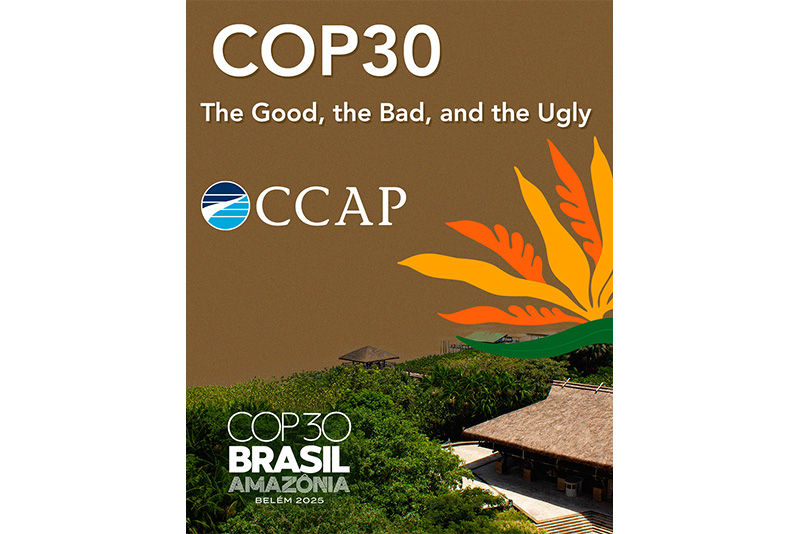Smaller Mexican Cities Making Big Changes in Transportation Systems
- Chuck Kooshian
- Oct 3, 2013
- 4 min read
Compared to Greater Mexico City’s population of more than 20 million, Zacatecas and Durango are small-time players. Yet these cities in the northern Chihuahuan desert region have big ideas when it comes to improving their transportation systems and solving transport problems similar to those faced by many cities around the country. In September, CCAP visited both cities as part of the USAID-funded Mexico Low Emissions Development (MLED) project where, in a joint effort with CTS Mexico and TetraTech, we organized workshops to identify potential improvements in the cities’ sustainable mobility plans, as well as analyzed barriers and opportunities for their implementation. We found that planners and politicians in northern Mexico recognize that solutions to traffic, air pollution and development problems can also help reduce GHG emissions and boost the economy. With the help of CCAP and other NGO’s, the Mexican national government is working to make sure well-designed sustainable transportation projects can be implemented in cities –large and small– across the country.
Leveraging the PROTRAM program
Both cities are looking for support for their projects from the Public Transportation Federal Support Program (PROTRAM). Started in 2009, PROTRAM is the first national effort to support urban transit projects. Federal funds cover up to 50 percent of construction cost for projects that meet program criteria. They also cover the full cost of required preliminary studies, called Integral Sustainable Urban Mobility Plans (PIMUS), which are aimed at positioning new transit projects into a context of a complete, multi-modal transport system. Building the capacity of cities to undertake high quality PIMUS studies has been a priority of the program, and the government hired a Mexican NGO, the Sustainable Transport Center (CTS Mexico), as a capacity-building advisor to PROTRAM.
Through this capacity-building process supported under the MLED program, CCAP and CTS have advanced dialogue on integrated urban planning solutions that can lead to comprehensive low emissions development strategies and Nationally Appropriate Mitigation Actions (NAMA) in the transport sector. CCAP uses the capacity building workshops to present both the economic benefits of low carbon urban development and the potential for these types of plans to integrate with national goals, and to gather international financial support through the NAMA process. We shared the example of the Colombia TOD NAMA proposal for consideration in the Mexican context. Our goal is to set the PIMUS into the framework of climate change and low emissions development, and encourage the regions to use the PIMUS as a starting point for further low emissions transportation and land use strategies. All this will be integrated into a TOD NAMA proposal expected to attract additional funding and facilitate the implementation of the necessary policy modifications.
While low emissions development strategies for the transport sector must be grounded in projects at the city level, they must also be supported at the national policy level if they are to have a long-term transformational effect. CCAP’s approach for the MLED project also includes engaging the national government at the Federal Ministry level and attracting support from international donors and investors.
New ideas in Durango and Zacatecas
Durango is a city based on mining and agriculture. Everyone who can afford a car or truck drives one. Those who can’t afford a car rely on privately run busses with low fares, irregular schedules and questionable safety and environmental standards. A new business and logistics park is being planned on the outskirts of the city, which would provide much needed economic development, but would require long commutes for workers. The PIMUS, as presented at the workshop in September, seeks funding from PROTRAM for a Bus Rapid Transit line (BRT) running from the logistics park, to the downtown area, which is becoming a regional tourist attraction. Cycle routes are proposed along the same corridor. Officials hope that this project will not only offer a way for workers to get to and from their jobs, but it will start a conversation leading to a change in development patterns.
Zacatecas, a beautiful Spanish colonial style town 150 miles south of Durango, has a very robust PIMUS which is also based around a BRT proposal. The highlight of the plan that was discussed in the workshop is the reconstruction of 11 kilometers of highway 45, a road that runs from the US border all the way to Mexico City and crosses through the heart of the city. This renovation would include dedicated bus lanes and the redesigning of the public transport routes feeding into this new line, avoiding the need for multiple routes circulating through the same roads in the center of the city. A separate spur line would be extended to service the historic downtown center, which is a World Heritage site. Cars would be banned from the main historic street. Zacatecas’ plan goes even further, illustrating the concept of increased density within 400m circles around all the BRT proposed stations. Bicycle lanes and pedestrian amenities are integrated into the plan as well.
Next Steps
During the workshops, both cities expressed interest in the potential for funding via NAMA’s and would consider acting as a pilot city for national action in the context of the planned TOD NAMA. Durango’s innovative shift in perspective holds great promise for the future. Zacatecas is well primed for rapid progress based on their technical capacity, the geography of the city and proposed BRT corridor. The workshops advanced discussions among state and local officials from different ministries and helped set a path toward a common goal of low emissions in transport. CCAP’s next step will be to re-engage with the transport, environment and Rural, Territorial and Urban Development ministries at the national level and consider the example of Zacatecas as a pilot project for developing a NAMA.




Comments